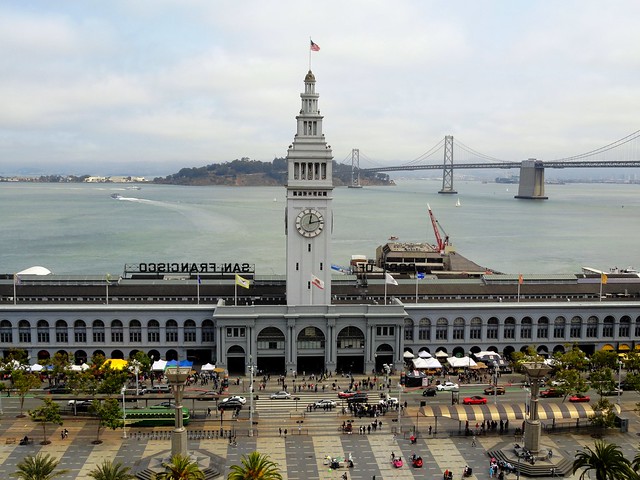by Anisha Tammana
On Tuesday, June 25, the Board of Supervisors unanimously approved the construction of a 200 bed navigation center in the Embarcadero, rebuffing an attempt by neighboring wealthy homeowners to prevent the expansion of shelter for their poor and homeless neighbors.
The fight for any kind of shelter is often long, and comes with a heavy history of opposition. Back in April the Port Commission voted unanimously to approve the proposed SAFE Navigation Center on the Embarcadero. The controversial center has been the heart of multiple discussions; not only led by the housed neighbors who fought the introduction of the shelter in “their backyard,” but also by homeless advocates who have feared that the so-called “safe zone” that the city has suggested to appease the neighbors will be another way to criminalize homelessness. Neighbors have demanded increased law enforcement in the neighborhood to combat the perceived “increase in crime” that they anticipate.
Hours of public comment at the Port Commission meeting continued to push fear as the primary narrative that San Francisco has headlined in its approach to homelessness, with many housed neighbors suggesting that a Navigation Center would detract from tourism in the area, make them feel unsafe, and increase crime.
The city’s approach to homelessness has consistently been one that emphasizes heavy policing of areas with lots of tent encampments, and of course, the regular brutal sweeps that they perform to clear out these areas. Police-led initiatives to reduce street homelessness consistently hurt the unhoused, and a “safe zone” implemented as it is being presented now will almost certainly harm those whom the navigation center seeks to help.
In speaking with unhoused folks on the street, there is a lot of speculation regarding how the navigation center itself will accommodate its residents. Many with previous experience in Navigation Centers and other types of shelters criticized the practices of staff in many locations. Others described the kinds of resources they felt were lacking in their past experiences, and how they felt the need for basic improvements like food selection, access to bathrooms and showers, and storage space. Many inside Navigation Centers appreciated the rest and respite.
The desire for humanity is another common theme among homeless voices. Humane treatment and respect are absolutely vital and often overlooked aspects of providing shelter for the unhoused. With previous negative experiences, many homeless folks have reasonable skepticism about the safety and dignity of a new shelter.
The Navigation Center model is heavily criticized; while the construction of new shelter is certainly a temporary positive, the most important thing for the city to weigh and consider are the voices of homeless people, who understand the gravity of their own situations and have the most valuable input on what resources they need to succeed. Without considering the impact law enforcement will have on the future residents of the Embarcadero Navigation Center, it is impossible to look out for the welfare of those very same people.
After the approval of the Navigation Center, the Coalition on Homelessness conducted a survey in which a number of staff members and volunteers interviewed current or formerly homeless individuals. The purpose of collecting this information was to present to the city’s Department of Homelessness our findings in regards to people’s past experiences in shelter and their suggestions for the new Navigation Center.
While the methods of surveying were not extremely precise, we were able to get a fairly broad picture of the needs and experiences of homeless and formerly homeless individuals in regards to shelter. The majority of respondents had tried to access shelter at some point, and most agreed that a “walk-in” model of shelter was the most valuable.
In terms of stability and personal safety, most respondents felt that they had a positive experience in shelters, mostly in traditional ones. However, responses to rule enforcement was less favorable. A common trend in responses showed that rules were inconsistently and unfairly enforced in traditional shelters. Navigation centers seemed to have more consistency.
One of the most significant findings of the study was that many individuals facing homelessness and staying in shelters did not feel that they were on track to housing. About half of the respondents felt this way.
Many people felt that there was not adequate storage space for their belongings. Respondents had a number of suggestions on how a new Navigation Center would ideally look. A number of people felt that there should be no time limit for shelter stay, or else wanted extended time for people that were “making progress.” Other services requested included case management, counseling, job training, and consistent food access.
Respondents consistently expressed a dissatisfaction with their path towards housing and many conditions at shelters and Navigation Centers. In terms of services, there were a number of improvements and additions that were suggested. Overall, the dominant theme seemed to be that people experiencing homelessness and staying in any sort of shelter needed more resources provided on site and wished for a fair and inclusive setting.
This additional 200 beds will move Mayor London Breed towards her goal of increasing Navigation Center capacity to 1,000 by the end of next year. With expanding services, the fight to stop criminalization make become even more fierce.


